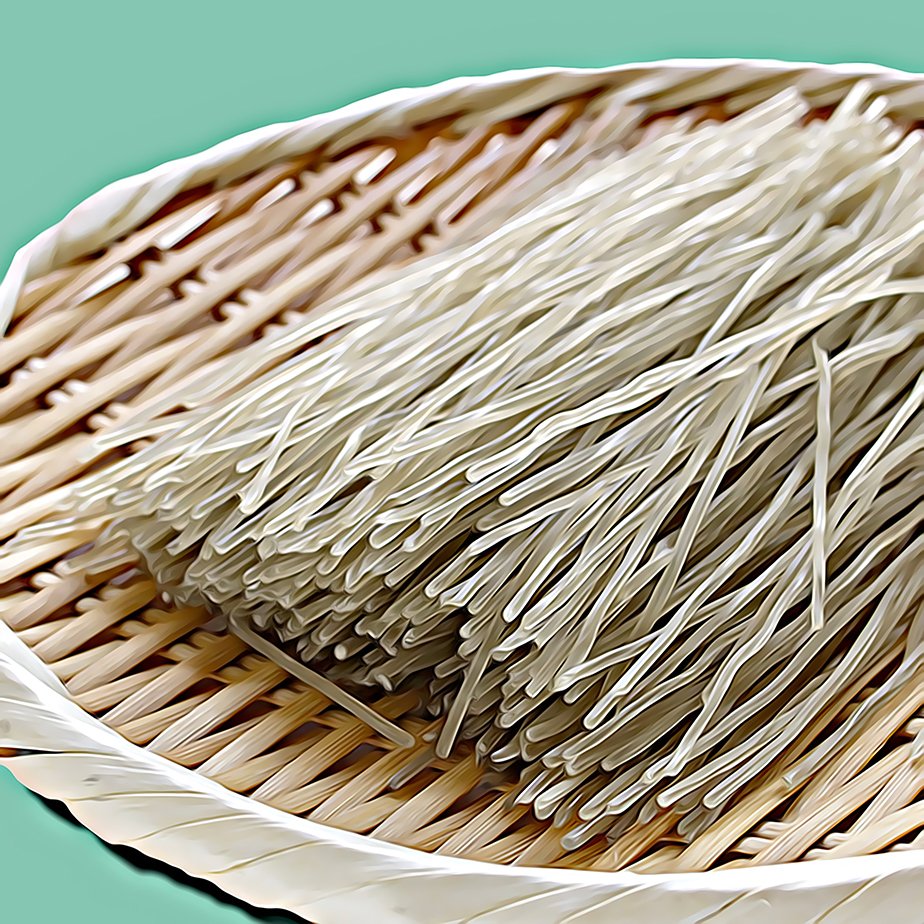Saffron
Saffron is perhaps most famous for being the world’s costliest spice, clocking in at around $500 for 100g. Yowzers. It’s processed from the whispery, dried stamens of a specific variety of crocus flower – the Crocus sativus. Each flower produces just three stamens and these are harvested painstakingly by hand, with pickers maybe retrieving about 1g of saffron in a full day. Which goes a long way to explain the price and so far, no-one’s come up with a machine for the job. The flowers need hot dry summers, cold winters and arid, treeless ground to thrive – the dry, eastern regions of Iran account for a large slice of global production but Spain grows around 70% of the world’s saffron. The harvesting window is short as the crocus only blooms in autumn for 2 or 3 weeks, and that’s it. S’all over.
Because saffron is so spendy, it’s always been subject to fakery so beware. Cheap imitations, usually made from dried safflower and/or marigold petals, abound. If saffron seems too cheap to be true, it probably is and you should avoid it; you need to fully fork out if you want to cook with saffron. In better news, a little goes a long, long way so 5g would last you a while. Unless, of course, you’re sprinkling it on your breakfast cereal. Which you wouldn't. That was a joke.
How to tell the real thing from the faux? Real saffron has an intoxicating aroma like nothing else; it’s a bit floral and somewhat strong. Imposters contain additives and smell bitter, metallic and tobacco-like. Highly unpleasant. Another way to tell is by the colour. Saffron threads are dark red with maybe a touch of yellow, so be wary if you see too much yellow or even white.The best test is to place a pinch in very hot water and if it quickly sheds its colour, with the threads turning white or the water turning red, that’s a bad sign. Genuine saffron will take three to five minutes—sometimes up to 10—to open up and tint the water yellow, and the threads will always keep their red colour.
Native to Asia Minor, saffron was originally used almost exclusively for medicinal purposes. The threads were thought to cure everything from the plague to a simple toothache and even hangovers. Culinarily it is associated with India, Iran, the Mediterranean, the Middle East and North Africa; it’s used in everything from soups, stews, tagines, curries, drinks and even desserts. Unexpectedly, it’s a feature of Scandinavian holiday baking as it arrived there in the 1300s via trade with Asia and somehow became a thing. So did cardamom. Go figure.
You can also buy powdered saffron, which doesn’t need soaking before use, but its flavour is not as intense as threads. If you really want that deep, earthy flavour, you need to buy threads.






